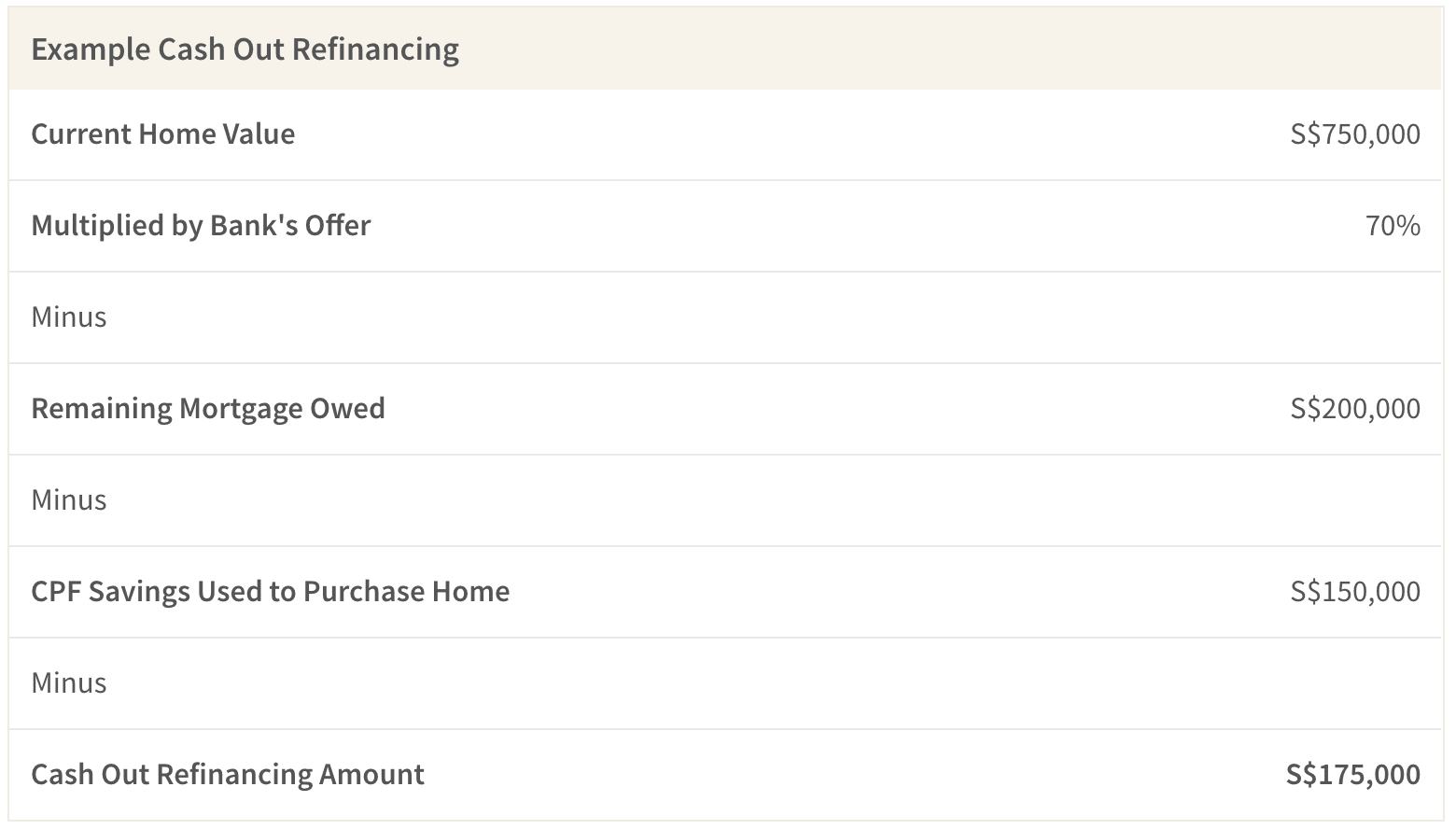The internet service and mobile network operator also said it wants to IPO in Hong Kong in about two years
A mere month after it struck a deal with local telco StarHub to offer virtual mobile network services, Singapore broadband provider MyRepublic has received fresh funds — US$60 million — to expand its new offering to regional markets.
Investors who took part in the round were CLSA Capital Partners, the asset management business of CLSA, and Kamet Capital Partners, a Singapore family office.
The investment also gives MyRepublic a better shot at hitting its IPO timeline target, which is between 18 to 24 months, a press release said. The company intends to go public on the Hong Kong stock exchange.
“This investment is a milestone along our path to a public listing and it is the advice and guidance provided by CLSA Capital Partners that has led us to this point,” said MyRepublic CEO Malcolm Rodrigues.
“As the company expands its broadband and mobile platforms across Asia, we believe it’s uniquely positioned to take advantage of the digital transformation accelerating the telco sector,” said CLSA Singapore Country Head Andrew Hartley.
Also Read: MyRepublic raises US$52M from Makara Innovation Fund to scale its services regionally
MyRepublic said that it uses a proprietary cloud platform to power its telecommunications services like customer support, allowing it to be lean and therefore keep end-to-end operations cost low. The platform offers flexibility, allowing the company to scale its services to new markets.
MyRepublic’s mobile virtual network leases data, call, messaging and other network services from traditional telcos with existing network infrastructure — similar to other mobile virtual network operators (MVNOs)
Currently, MyRepublic’s mobile plans are only available for existing MyRepublic broadband customers. And in a small market like Singapore, it faces tough competition from existing MVNOs in Singapore including Circles.Life and Zero Mobile, though MyRepublic’s US$150 million war chest may give it an upper hand, for example, in terms of branding power or customer incentives.
Beyond the telecommunications space, MyRepublic also wants to use its cloud platform to offer services in different industries such as energy, insurance and big data sectors.
—
Image Credit: MyRepublic
The post Singapore’s MyRepublic expands mobile network vision with new US$60M investment appeared first on e27.
Source: e27




















